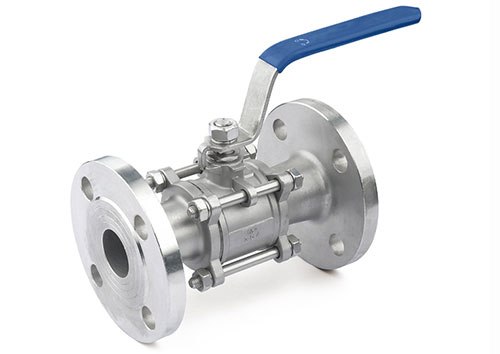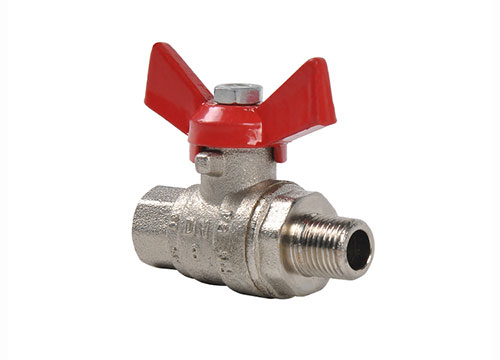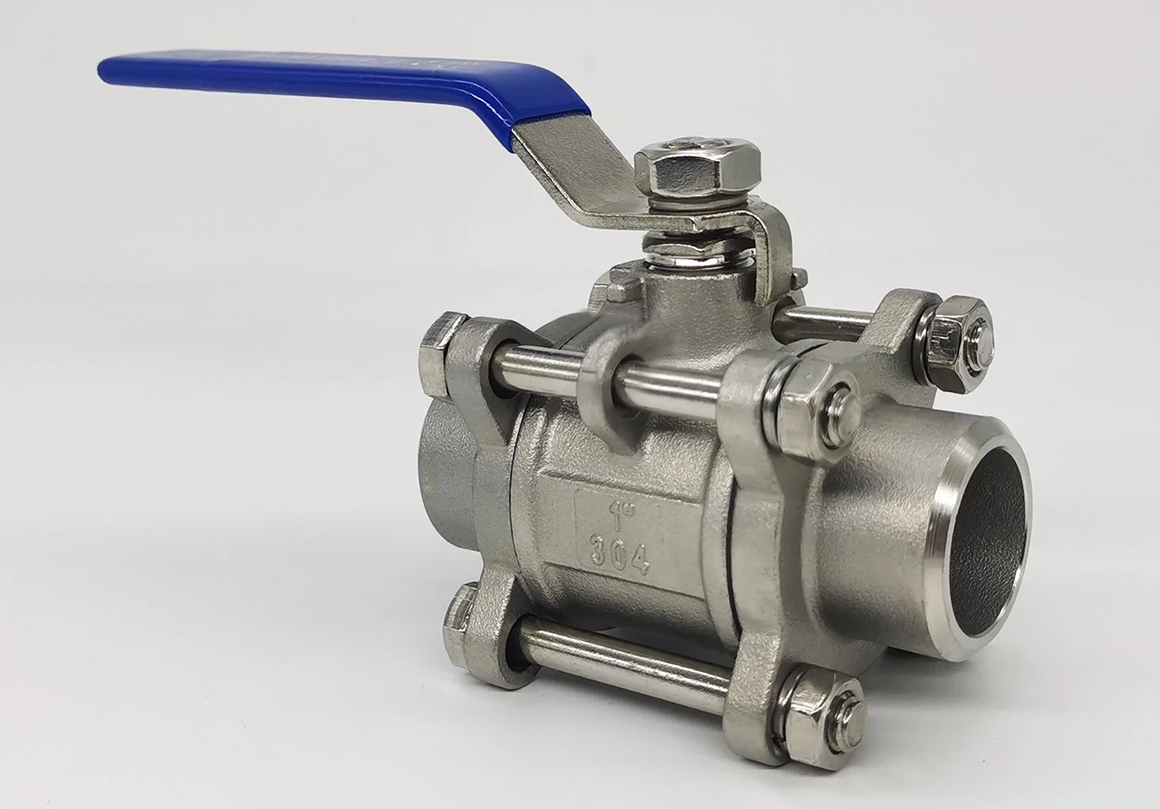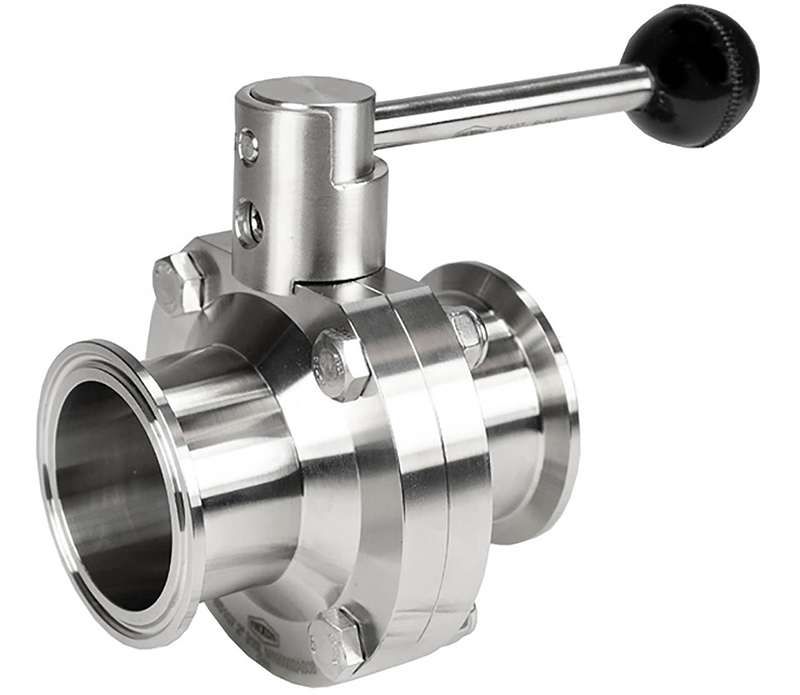Several common connection methods for stainless steel valves
2024-01-03 09:35:26
Stainless steel valves are widely used in the industrial field. There are many types and connection methods. How the entire stainless steel valve is connected to the pipeline or equipment cannot be ignored. Stainless steel valves appear to have liquid running, leaking, dripping, and leaking. Most of them are because the correct connection method is not selected.The following introduces common stainless steel valve connection methods.
1. Flange connection
Flange connection is the most commonly used connection form between stainless steel valves and pipes or equipment. It refers to a detachable connection in which flanges, gaskets and bolts are connected to each other as a set of combined sealing structures. Pipe flange refers to the flange used for piping in the pipeline device, and when used on equipment, refers to the inlet and outlet flange of the equipment. Flange connections are easy to use and can withstand greater pressure. Flange connection can be applied to stainless steel valves of various nominal sizes and nominal pressures, but there are certain restrictions on the operating temperature. Under high temperature conditions, the flange connecting bolts are prone to creep and cause leakage. Under normal circumstances, Flange connections are recommended for use at temperatures ≤350°C.

2. Threaded connection
This is a simple connection method often used on small stainless steel valves.
1) Direct sealing: The internal and external threads directly act as seals. In order to ensure that the connection does not leak, lead oil, linen and raw material tape are often used to fill it.
2) Indirect sealing: The force of thread tightening is transmitted to the gaskets on two planes, allowing the gaskets to act as seals.

3. Welding connection
Welded connection refers to a type of connection in which the stainless steel valve body has a welding groove and is connected to the pipeline system through welding. The welded connection between stainless steel valves and pipelines can be divided into butt welding (BW) and socket welding (SW). Stainless steel valve butt welding connections (BW) can be applied to various sizes, pressures and high temperature environments; while socket welding connections (SW) are generally suitable for stainless steel valves ≤DN50.

4. Card sleeve connection
The working principle of the ferrule connection is that when the nut is tightened, the ferrule is under pressure, causing its blade to bite into the outer wall of the pipe. The outer cone surface of the ferrule is in close contact with the cone surface inside the joint under pressure, thus reliably preventing leakage. .The advantages of this connection form are:
1) Small size, light weight, simple structure, easy to disassemble and assemble;
2) Strong connection force, wide range of use, and can withstand high pressure (1000 kg/cm²), high temperature (650℃) and impact vibration;
3) A variety of materials can be selected, suitable for anti-corrosion;
4) The processing accuracy requirements are not high;
5) Easy to install at high altitude.
At present, the ferrule connection form has been adopted in some small-diameter stainless steel valve products in my country.
This is a quick connection method that requires only two bolts and is suitable for low-pressure stainless steel valves that are frequently disassembled.

Internal self-tightening connection is a type of connection that uses medium pressure for self-tightening. The greater the medium pressure, the greater the self-tightening force. Therefore, this connection form is suitable for high-pressure stainless steel valves. Compared with flange connection, it saves a lot of material and manpower, but it also requires a certain preload force so that it can be used reliably when the pressure in the valve is not high. Stainless steel valves made of self-tightening sealing principles are generally high-pressure stainless steel valves.
There are many other connection forms for stainless steel valves. For example, some small stainless steel valves that do not need to be dismantled are welded to the pipes; some non-metal stainless steel valves use socket connections, etc. Users of stainless steel valves should treat them specifically according to the actual situation.










